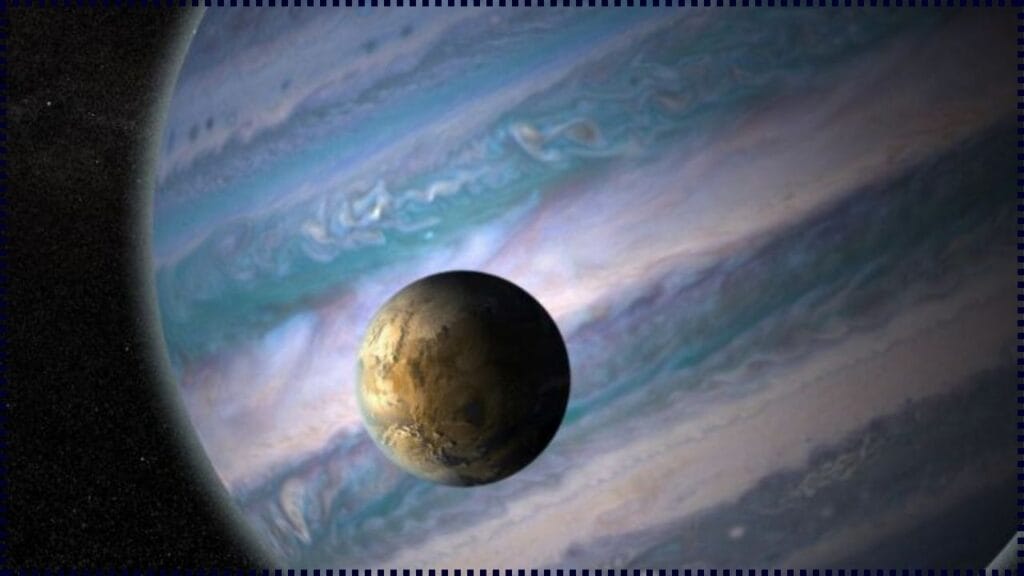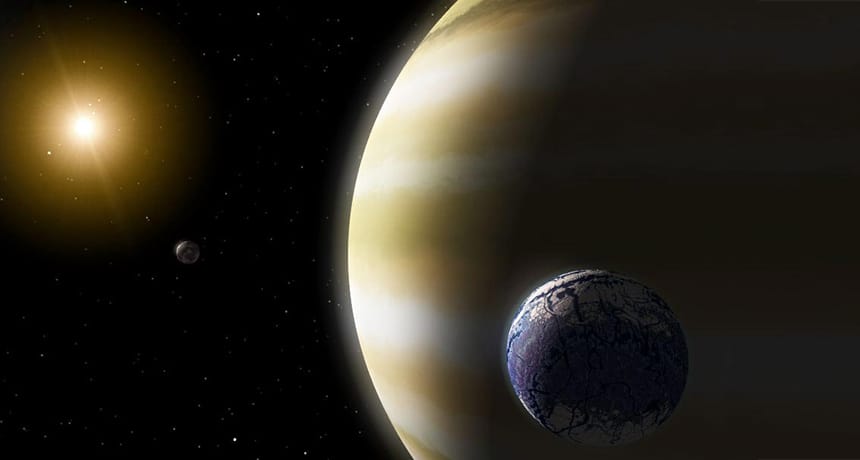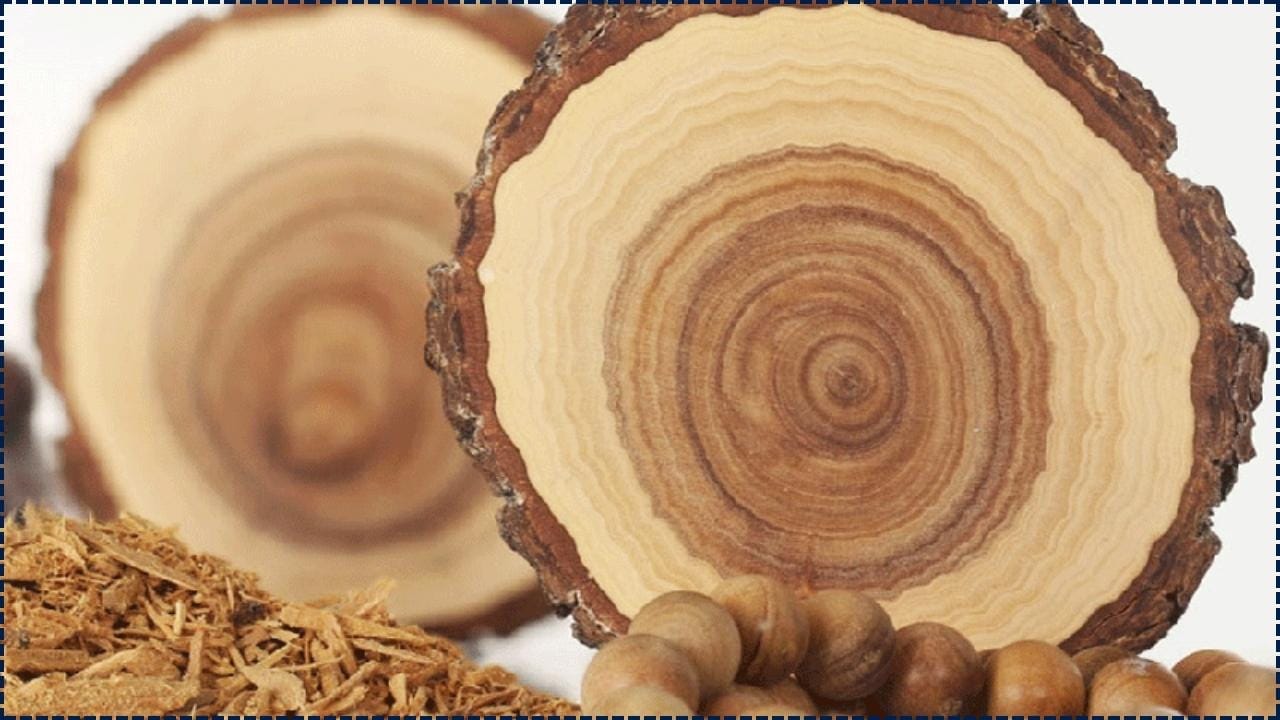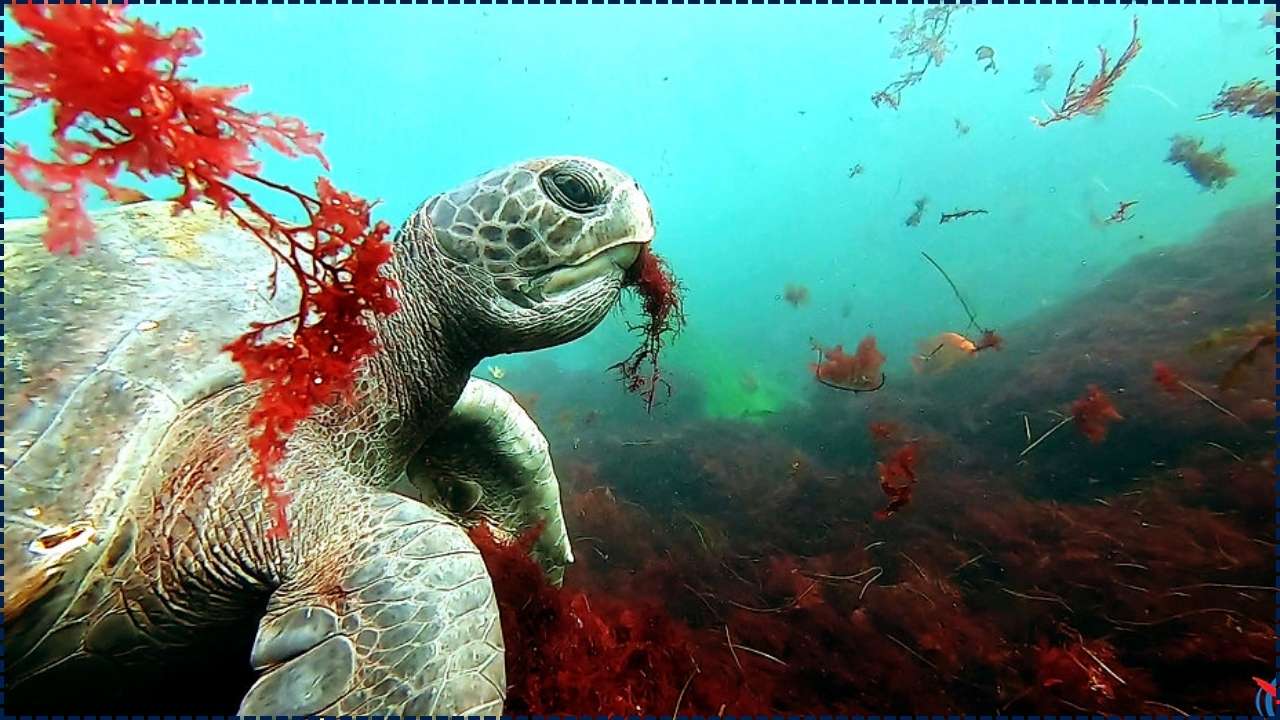The headline “This Changes Everything” truly captures the excitement surrounding NASA’s recent discoveries. These findings have sparked incredible interest because they suggest that exomoons—worlds that are satellites orbiting planets outside our solar system—are becoming more than just a theory; they are a real possibility.

Thanks to the amazing work of the Hubble, Kepler, and the incredibly powerful James Webb Telescope, we are now facing the exciting chance that the first life-bearing world we discover might not be a planet at all, but a moon far out in the cosmos. This is a profound idea, suggesting that life could be more common and diverse than we ever imagined. It’s a reminder of how vast and wondrous the universe is, and how much there is still to explore. These discoveries encourage us to continue looking outward with hope and curiosity, knowing that the potential for finding other life is very real.
These exomoons are small in size but huge in significance. They’ve got scientists buzzing with excitement. Let’s break down why this matters, how they might be detected, and what it all could mean—for young explorers and seasoned researchers alike.
NASA Finds Exomoons That Could Support Life
| Highlight | Details |
|---|---|
| Top Candidates | Kepler‑1625b I (Neptune-sized) and a potential volcanic moon near WASP‑49 b |
| Habitable Zone Potential | About 121 known gas giants in habitable zones could host life-friendly moons |
| Detection Methods | Transit Timing/Duration Variations (TTV/TDV), spectral signs (e.g., sodium clouds), microlensing, reflection studies |
| Upcoming Missions | JWST follow-ups, Habitable Worlds Observatory, Europa Clipper mission |
| Redefining Habitability | Tidal heating, stable orbits, subsurface water—all mooned-up for life even at distance |
| Scientific Significance | Exomoons expand life-search targets beyond planets—opening billions of new potential habitats |
NASA-backed research into “exomoons” – moons orbiting planets far beyond our solar system – is truly changing everything we thought we knew about where life might exist. When scientists study distant worlds like Kepler-1625b I or look for signs around volcanic planets like WASP-49b, they’re actually bringing us closer to answering one of humanity’s biggest questions: Are we alone?
Thanks to clever methods, like observing tiny wobbles (TTV/TDV) and using powerful tools like the James Webb Space Telescope (JWST), there’s a real chance we could confirm the existence of a habitable moon within our lifetimes. If we find just one moon out there that could support life, it would instantly double our understanding of how common life might be in the universe. This would truly be one of humanity’s greatest cosmic discoveries, forever connecting our story here on Earth with incredible worlds out there among the stars. It reminds us that our place in the cosmos is far grander than we can imagine.

What’s an Exomoon—and Why It Matters
An exomoon is a moon orbiting a planet in another solar system (exoplanet). These haven’t been confirmed yet, but science is closing in.
The big names:
- Kepler‑1625b I: Possible Neptune-sized moon orbiting a Jupiter-like planet—based on Hubble and Kepler signals .
- WASP‑49 b candidate: Evidence of sodium gas suggests volcanic moon activity—echoing Jupiter’s moon Io .
Given the roughly 6,000 known exoplanets, about 121 gas giants sit in their stars’ habitable zones—where moons could also be habitable .
How Scientists Hunt Exomoons
1. Transit Timing & Duration Variations (TTV/TDV)
If a moon tugs on its planet, that planet’s transit dips shift in timing or length. That’s how Kepler‑1625b I was spotted .
2. Spectral Trails (e.g., Sodium)
Volcanic moons can create sodium gas clouds like Io—WASP‑49 b shows hints in its spectra .
3. Microlensing & Direct Imaging
Gravity’s lensing effect or future high-power imaging might reveal moons in select cases .
4. Light Reflection Analysis
Moons reflect their host planet’s light differently—advanced telescopes like JWST are primed to detect this faint signal .
Could Exomoons Harbor Life?
Moons could be habitable if they have:
- Stable orbits—no crashing into their planet
- Tidal heating—keeping subsurface oceans from freezing
- Magnetic shields—protecting from cosmic radiation
- Liquid water—either on the surface or underground
Even moons far from stars, warmed from the inside, could be life-friendly thanks to tidal energy—key for where we look next.
Upcoming Missions & Future Opportunities
- JWST is already reobserving Kepler‑1625b to test moon models .
- Habitable Worlds Observatory (planned for late 2030s) aims to image Earth-like exoplanets and their moons .
- Europa Clipper, launching in 2024, will examine Jupiter’s icy moon—teaching us how to look for life elsewhere .
“Discovering a habitable exomoon would fundamentally shift how we see the cosmos.” — Dr. Elisa Forgan, exomoon researcher.
Related Links
Trump Tried to Eliminate Job Corps; Federal Judge Says ‘Not So Fast’ in Stunning Ruling
U.S. State Confirms Plan to Cover Rivers to Address Drought and Climate Concerns
NASA Finds Exomoons That Could Support Life Follow the Discovery
- Identify prime candidates — follow Kepler‑1625b, WASP‑49 b
- Learn detection basics — TTV/TDV, spectroscopy
- Track mission data — using JWST and Clipper archives
- Read published studies — look for papers by Kipping, Teachey, Forgan, Heller
- Attend public briefings — via NASA channels and planetarium webinars
Why This Discovery Matters
- Widening life’s real estate: Put moons on the map for lifeSearch
- Bridges worlds: From Europa here to exomoons out there
- Cultural impact: Echoes in ceremony and story—moons carry powerful traditional symbolism
- Engineering spin-off: Advances in tech (telescopes, sensors) will ripple into medicine, navigation, and climate tools
FAQs
Q1: Are any exomoons confirmed yet?
A: Not officially—strong candidates exist, but we’re still validating .
Q2: How many we might find?
A: If gas giants in habitable zones host moons, we’re looking at hundreds—even possibly thousands— of candidates .
Q3: Why moons vs. planets?
A: They broaden our search. Moons can maintain water and heat in surprising places.
Q4: When might we nail one down?
A: Likely within the next decade using JWST or Habitable Worlds data.
Q5: What does this mean for life on Earth?
A: It tells us that life might be more common and diverse—on worlds we never even imagined.








